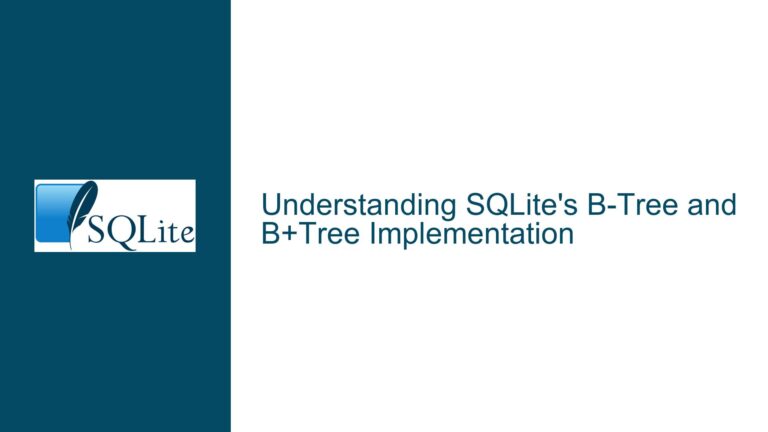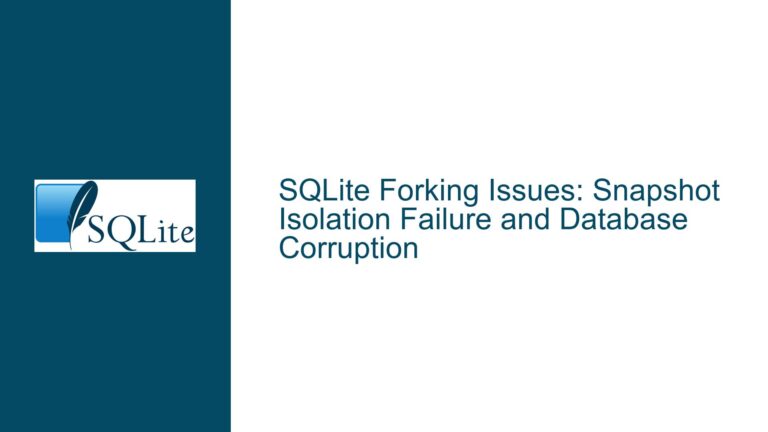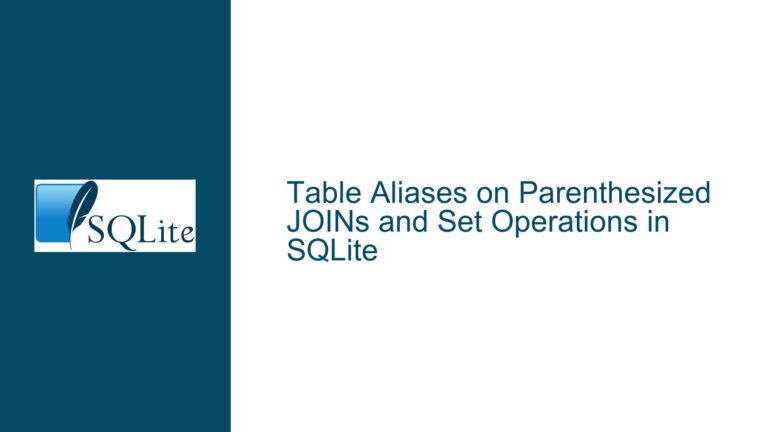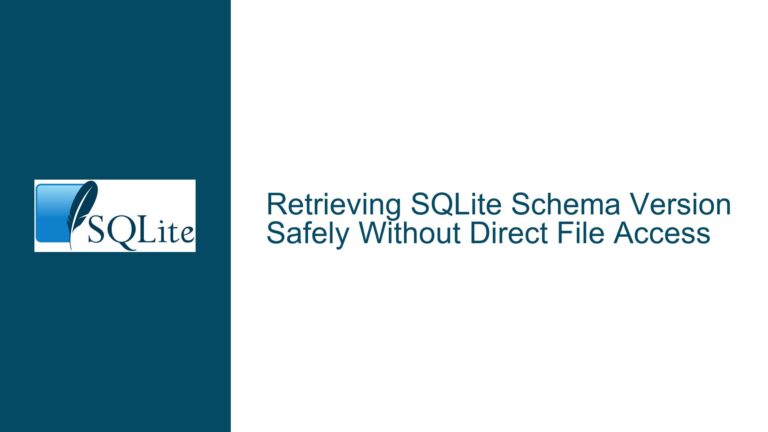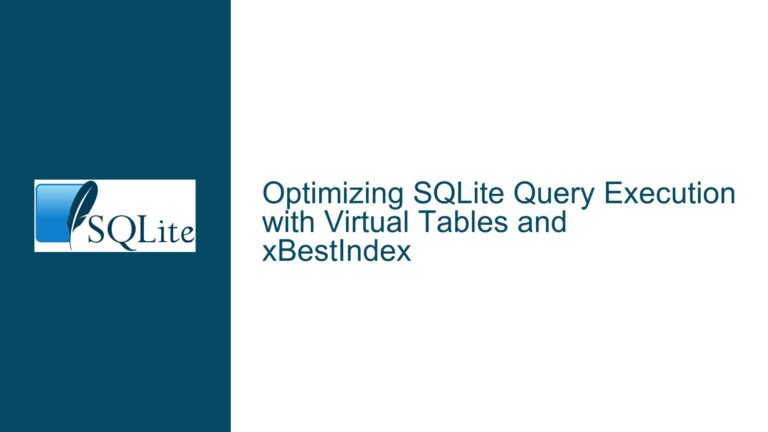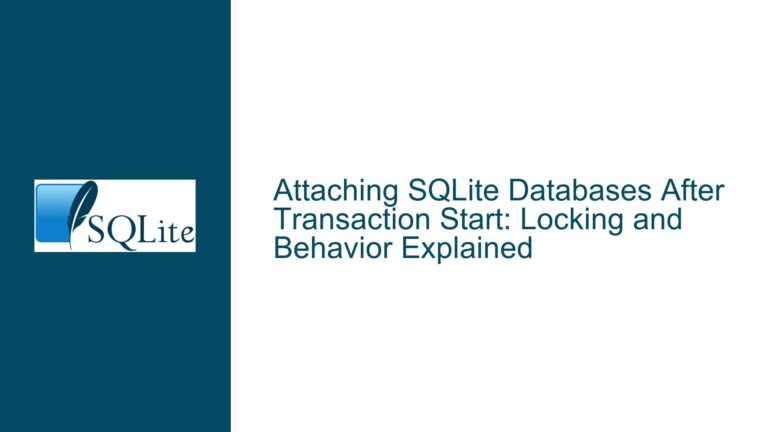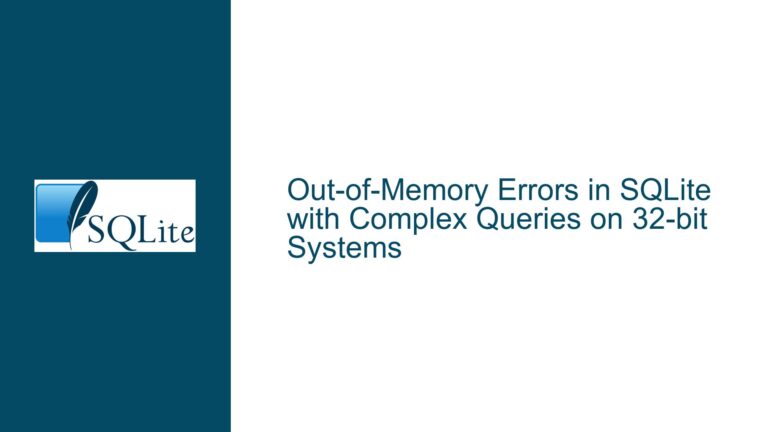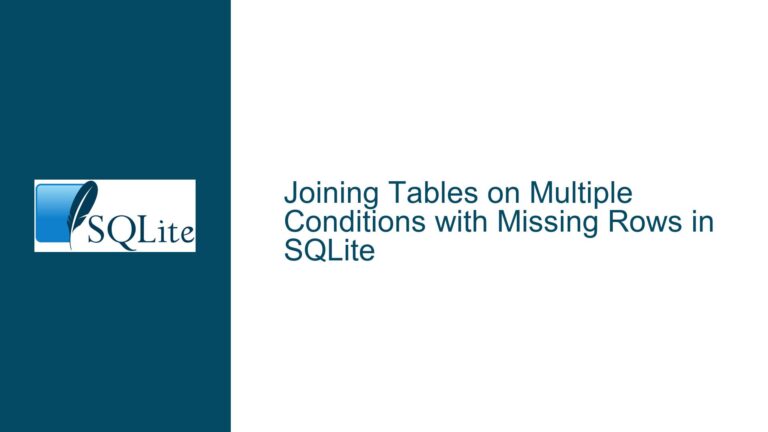Incorrect MAX/MIN Aggregation on SQLite Virtual Tables from CSV
Virtual Table Aggregation Yields Last Row Value Instead of MAX/MIN The core issue revolves around the incorrect behavior of aggregate functions, specifically MAX() and MIN(), when applied to a virtual table created from a CSV file in SQLite. Instead of computing the correct maximum or minimum value from the column, the query consistently returns the…

